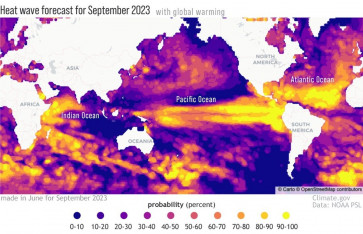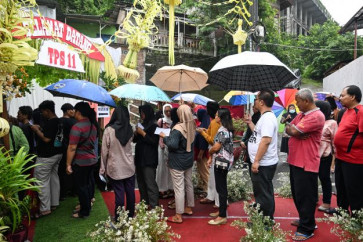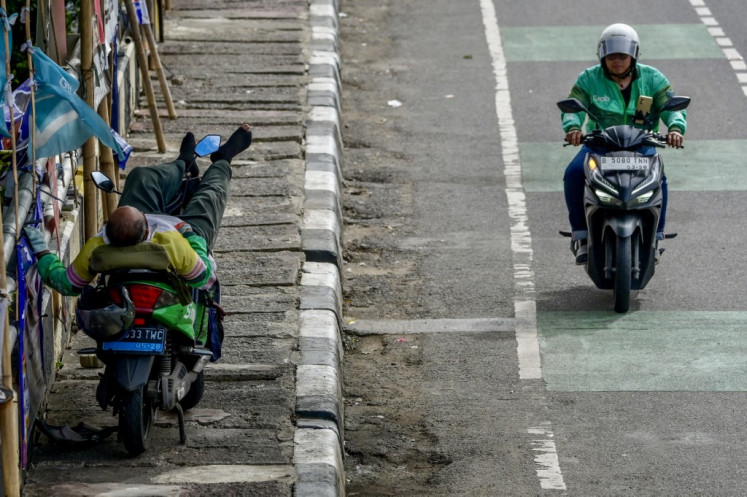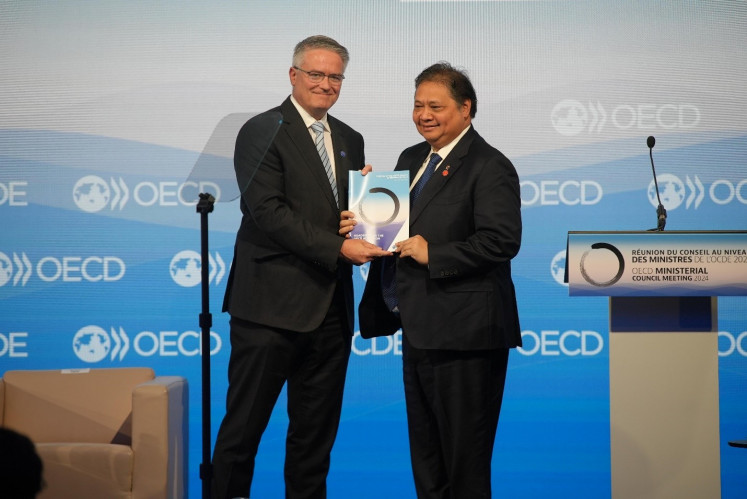Making a case for circular consumer credit
Applications of circular economy generally involve the physical economy, but circularity can also be applied to intangibles, specifically consumer credit in the financial services sector.
Change Size
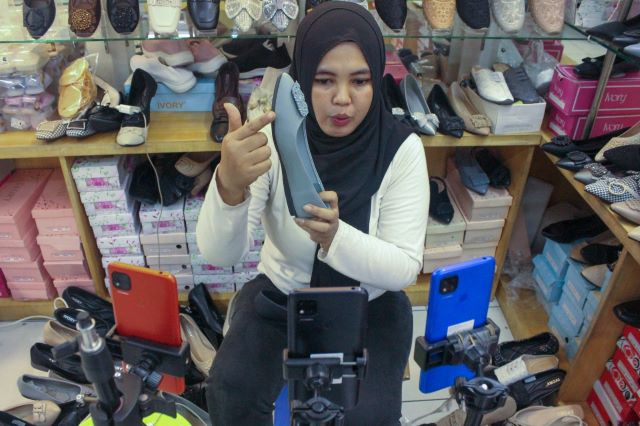 Sole trader: A trader advertises her products through a live stream on social media platform TikTok at Tanah Abang market in Jakarta on Oct. 4, 2023. TikTok Indonesia closed the operation of TikTok Shop that day, after the government issued a regulation banning transactions on social media platforms to protect local small and medium enterprises. (Antara/Walda Marison)
Sole trader: A trader advertises her products through a live stream on social media platform TikTok at Tanah Abang market in Jakarta on Oct. 4, 2023. TikTok Indonesia closed the operation of TikTok Shop that day, after the government issued a regulation banning transactions on social media platforms to protect local small and medium enterprises. (Antara/Walda Marison)
The discourses about resource consumption and sustainability largely revolve around the physical economy.
Merely focusing on alleviating excessive consumption of physical goods and the excesses of the linear economy takes us away from tapping sustainability opportunities in intangibles-driven industries such as the financial services sector, where substantial processes and infrastructure are consuming more energy and resources.
If we delve into energy consumption, for example, the nonindustrial sector in Indonesia consumed 50.5 terrawatt-hours (TWh) of electricity in 2022, an increase of almost five times since 1998. Meanwhile energy consumption in the industrial sector, despite consuming 88.5 TWh in 2022, increased only twofold since 1998.
Such overwhelming growth indicates that resource consumption in the nonindustrial sector is becoming a crucial sustainability “battlefield” these days, or at least in the foreseeable future.
Let’s review the financial services industry and its key goals, namely improved financial inclusion and financial literacy.
Based on the 2019 study by Bain, Google and Temasek, more than 70 percent of the adult population in Southeast Asia was either unbanked or underbanked. As we ramped up digitalization, the deployment of digital payments in many developing countries and the COVID-19 pandemic simultaneously improved the reach of bankability.
The Financial Services Authority (OJK) conducted a survey in 2019 and 2022 on financial inclusion and literacy. The 2022 survey found that Indonesia’s financial literacy index reached 49.68 percent, compared to 38.03 percent in the 2019 survey, while the financial inclusion index rose to 85.10 percent, compared to 76.19 percent in 2019.


